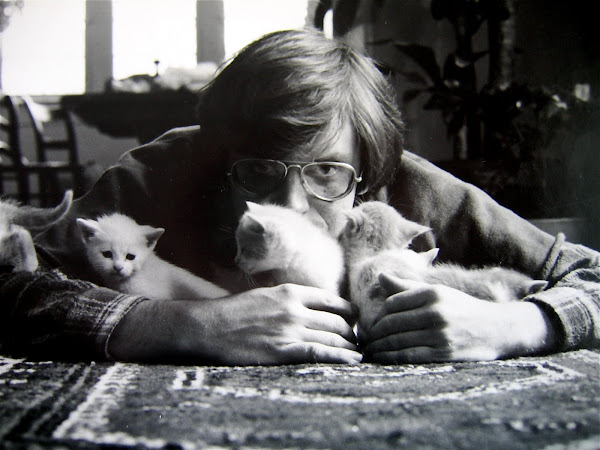
There are so many things to enjoy about the Istanbul Modern, the contemporary art museum that opened in the Tophane district of the City of the World’s Desire in 2004. That it’s a lovely air-conditioned respite after a day of hot city walking. That it sits beautifully on the Bosphorus and its cafe offers a relaxing water view. That its spire-like red sign ironically proclaims “modern” against a skyline of historic domes and minarets. That its security guards take a casual approach to the enforcement of the “no photos” policy. And then there’s the art, of course. But perhaps my favorite thing is the humor and ingenuity that come across in so many of its decorative and architectural touches. Like this dropped ceiling in the museum’s library. Retaining the spacious feel of its multistoried height, the designer honored the room’s purpose by creating this lower, more intimate open ceiling with hundreds of books, each at the end of a tied cord, each floating at the same height as its partners. Intimacy and spaciousness. In a city rich with so many ancient visual surprises, this museum offers an assortment of wonders that seem so, well, modern.





























